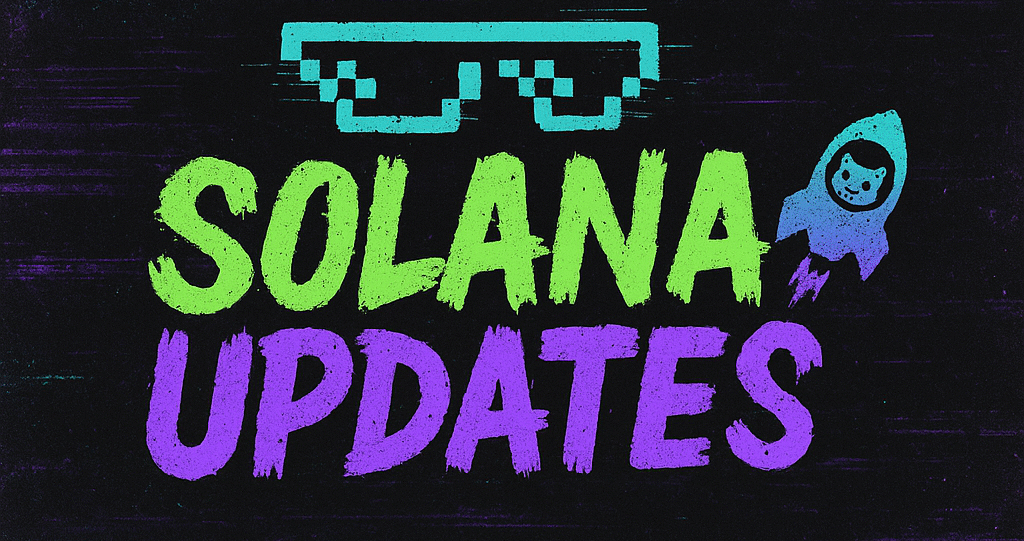Ethereum’s Evolution: A Necessity for Survival in a Competitive Blockchain Ecosystem
In the dynamic world of blockchain technology, Ethereum has long held a prominent position as a favored platform, particularly among institutions for asset tokenization, decentralized finance (DeFi) applications, and stablecoin creation. However, the landscape is rapidly evolving, and Ethereum faces the pressing need to adapt to maintain its competitive edge. Much like a shark that must keep moving to survive, Ethereum must continue to innovate and address emerging challenges or risk losing its market dominance.
Sergey Gorbunov, co-founder and CEO of Axelar, recently highlighted the critical juncture at which Ethereum finds itself. According to Gorbunov, the platform’s continued success hinges on its ability to evolve and meet the demands of an ever-changing market. “Ethereum’s strength lies in its pioneering role, but without continuous development, it risks being overshadowed by more agile competitors,” he warns.
One of the key areas in which Ethereum must advance is scalability. As the volume of transactions on the network grows, so does the need for efficient processing. Ethereum’s current infrastructure has struggled with congestion and high transaction fees during peak usage times, issues that have prompted developers to explore solutions like Ethereum 2.0. This ambitious upgrade aims to transition the network to a proof-of-stake consensus model, promising improved scalability, security, and sustainability.
Moreover, the rise of alternative blockchain platforms presents a significant challenge. Competitors like Solana, Binance Smart Chain, and Polkadot are gaining traction by offering faster transaction speeds and lower costs, appealing to developers and users looking for more efficient options. These platforms have been quick to capitalize on Ethereum’s shortcomings, and unless Ethereum can close the performance gap, its position could be further eroded.
DeFi and stablecoins represent another critical front where Ethereum must maintain its leadership. While Ethereum was the birthplace of most DeFi protocols and continues to host a significant portion of stablecoin activity, the sector’s rapid growth has attracted interest from other blockchains. To remain at the forefront, Ethereum must address interoperability issues, enhance user experience, and support the seamless integration of new financial products.
The importance of community and developer engagement cannot be overstated. Ethereum’s vibrant ecosystem of developers and enthusiasts has been pivotal to its success. However, as new platforms emerge, they also attract talent with promises of better technology and opportunities. Ethereum must continue to foster an environment where innovation thrives, supporting developers with the tools and resources they need to build the next generation of decentralized applications.
In conclusion, Ethereum stands at a crossroads. While it remains a leader in the blockchain space, the pressure to adapt and innovate is greater than ever. By addressing scalability issues, embracing interoperability, and maintaining strong community engagement, Ethereum can continue to move forward and retain its status as a dominant force in the industry. Much like the ever-moving shark, Ethereum’s survival depends on its ability to keep progressing, ensuring its relevance in an increasingly competitive ecosystem.
🛒 Recommended Product: Check out top-rated crypto gear on Amazon


